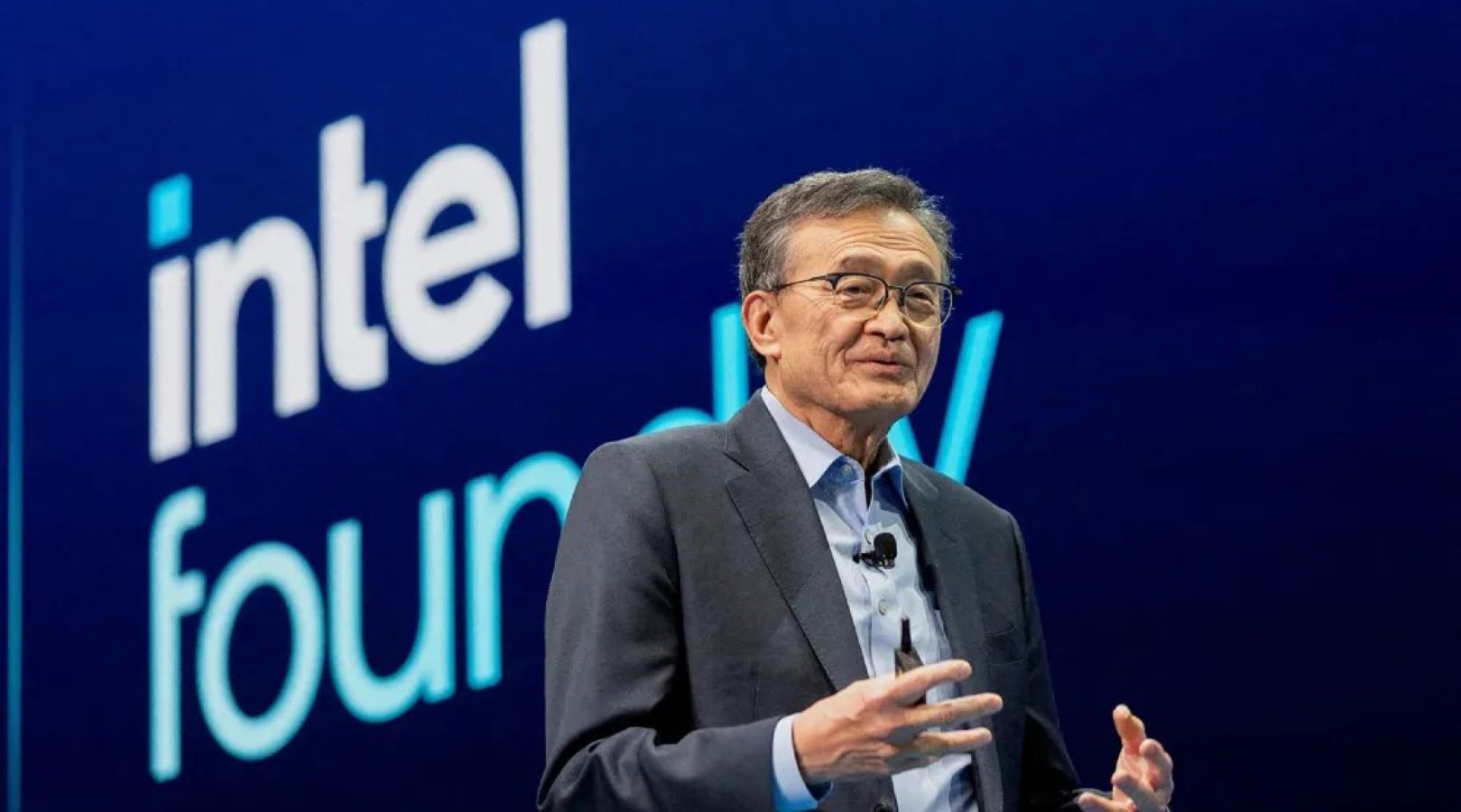The US government has officially taken a 10% ownership stake in Intel, a move announced by President Donald Trump. What makes this notable is that about $8.9 billion in previously approved federal grants were converted into equity, giving the American public a direct stake in one of the most important technology companies in the world.
It marks one of the biggest government interventions in a private company in recent US history and puts Washington among Intel’s largest shareholders. The deal also comes at a critical moment for Intel, which has been trying to win back its leadership position in the global semiconductor market, where companies like Taiwan Semiconductor Manufacturing Company (TSMC) and Samsung currently hold the advantage.
Key Takeaways
- The US government invested $8.9 billion in Intel by converting CHIPS Act and Secure Enclave program grants into equity.
- The 10% stake is passive, with no voting rights and no board seat.
- The move is designed to strengthen US semiconductor manufacturing and reduce dependence on foreign production.
- Supporters say it provides taxpayers with a return, while critics raise concerns about government ownership in private business.
What the Deal Means
The breakdown of the investment shows $5.7 billion from the CHIPS and Science Act and $3.2 billion from the Secure Enclave program. The CHIPS Act, which became law in 2022, was intended to boost semiconductor manufacturing and research in the United States through subsidies and tax credits. Intel, as one of the primary recipients, has been expanding its chip fabrication plants in Arizona and Ohio.
The Secure Enclave program is separate and focuses on developing secure chips for defense purposes. By converting both programs into equity, the government is shifting from simply offering financial support to sharing directly in Intel’s potential gains.
As part of the agreement, the government purchased 433.3 million shares of Intel at $20.47 per share, which is below the market price. The stake is non-voting, and Washington has agreed to align with Intel’s board of directors on most matters, with only limited exceptions. That means the government will benefit if Intel performs well but will not interfere with how the company operates.
Rationale and Reactions
The Trump administration has positioned this deal as a way to deliver more value for taxpayers. Instead of just providing grants, the government will now share in any upside from Intel’s future growth. Beyond the financial reasoning, officials have stressed that semiconductors are a matter of national security since they are essential to everything from consumer electronics to advanced defense systems.
The move also fits within a wider push by Washington to assert more influence in strategic industries. Recent examples include a so-called “golden share” in US Steel and a revenue-sharing arrangement with Nvidia and AMD tied to certain exports to China.
Reactions, however, are divided. Supporters, including some who were initially skeptical of the CHIPS Act, see this as a more practical use of federal funds. Critics argue that converting grants into equity was never the original intent of the legislation. Others worry that this type of ownership could set a precedent that leads to deeper political involvement in private business.
Intel itself has been cautious in its own assessment. In a securities filing, the company warned that government involvement could complicate its international business, particularly in China, which remains one of its most significant markets.
For now, the arrangement represents a new and somewhat experimental model of partnership between the government and the private sector. It is an attempt to balance economic growth, national security, and taxpayer return, though the long-term consequences are still uncertain.
Frequently Asked Questions
Q1: What is the CHIPS Act?
A1: The CHIPS and Science Act is a US law that provides funding to encourage semiconductor companies to build manufacturing plants and conduct research in the United States. Its goal is to reduce America’s reliance on foreign-made chips and strengthen its domestic technology supply chain.
Q2: Will the US government’s ownership affect Intel’s stock price?
A2: The announcement initially led to a rise in Intel’s stock price. However, the long-term impact on the stock price is not yet clear and will depend on how the market perceives the benefits and risks of government involvement.
Q3: Does the government get a say in how Intel is run?
A3: No, the government’s stake is passive. It has no board representation or voting rights in company decisions, which is meant to prevent direct political meddling in corporate strategy.





